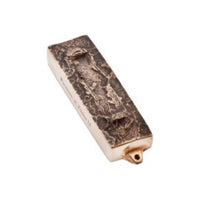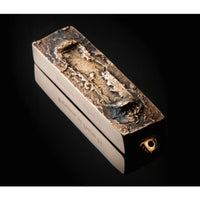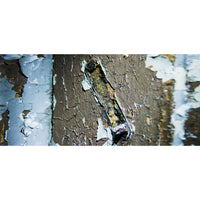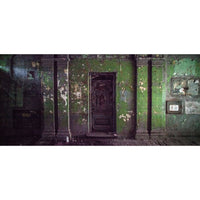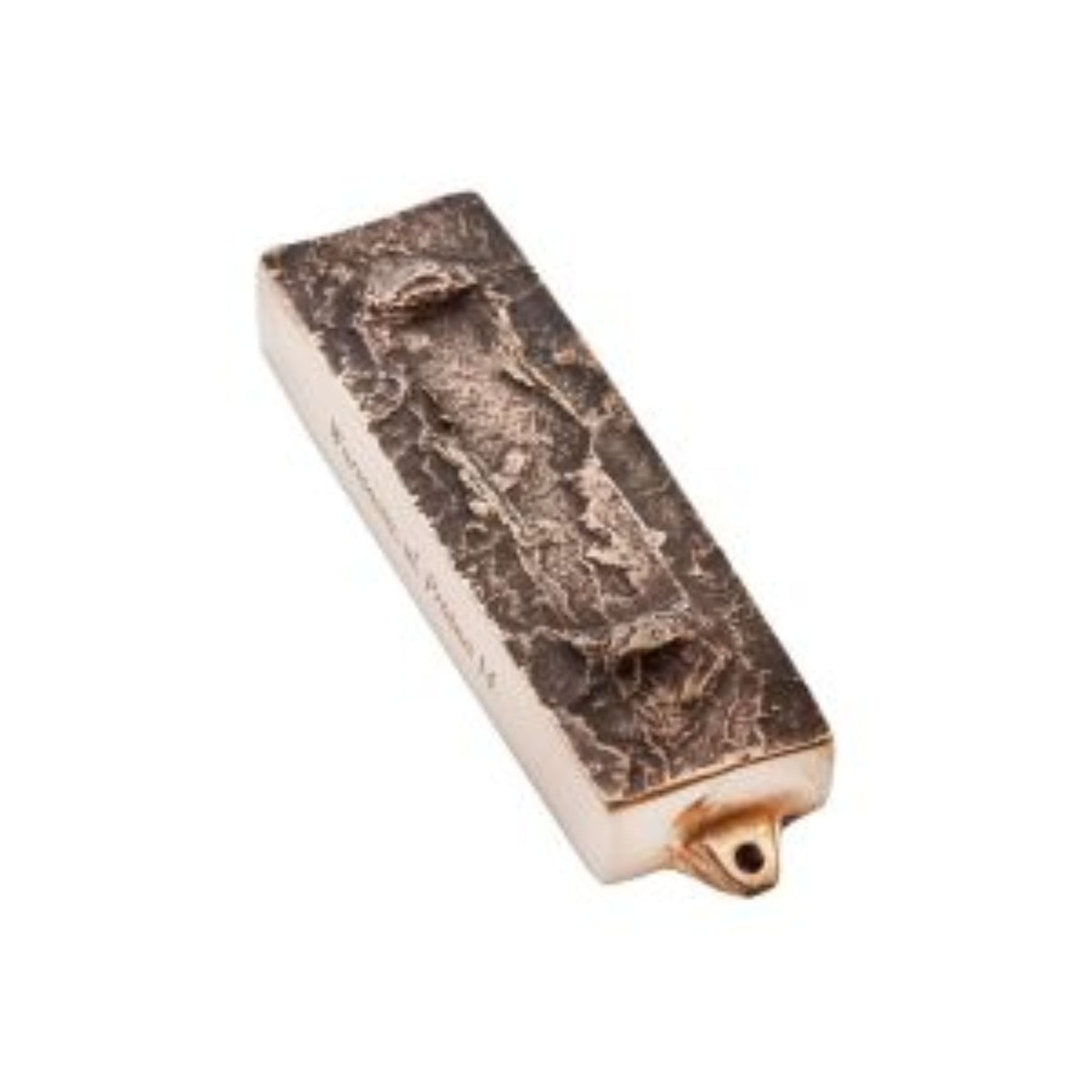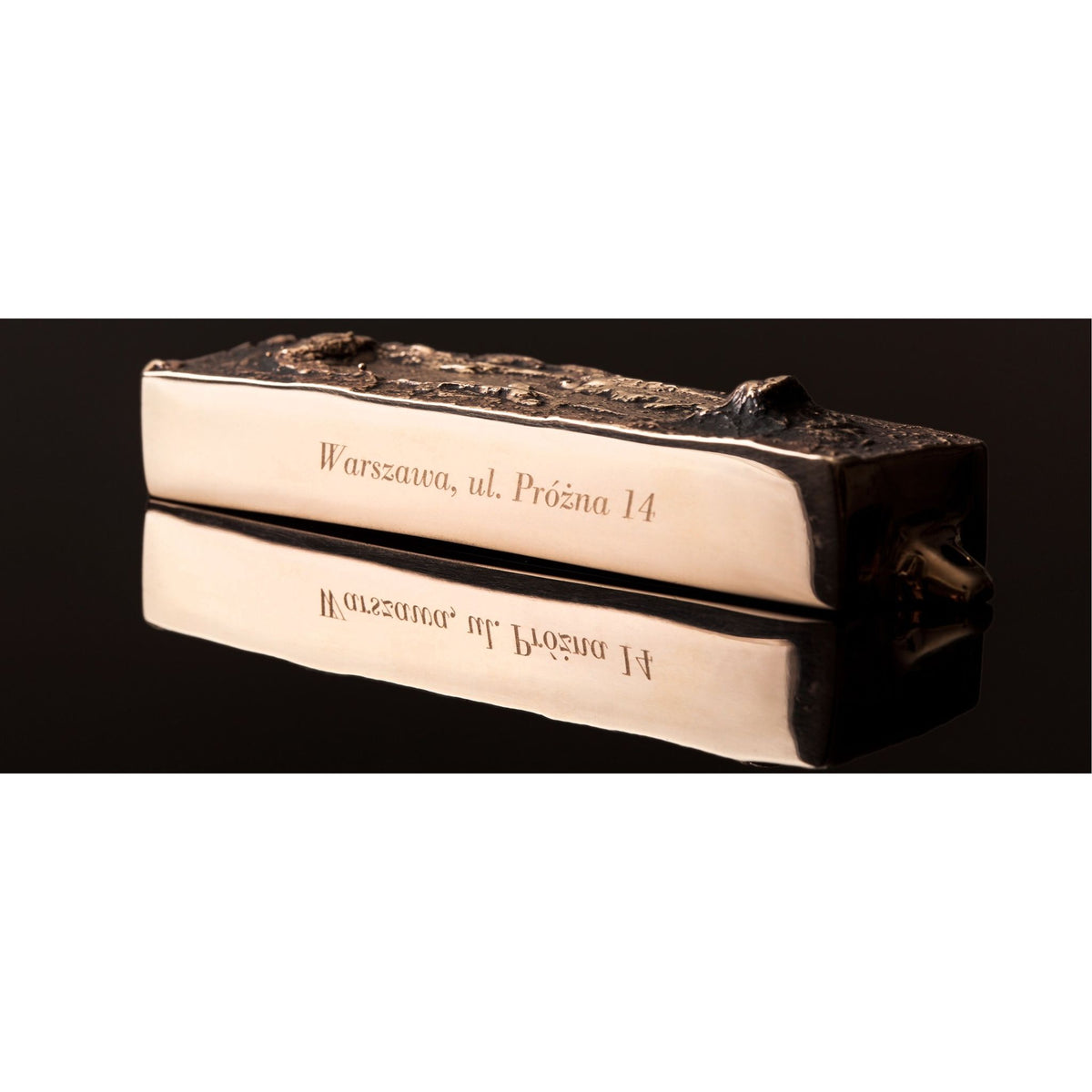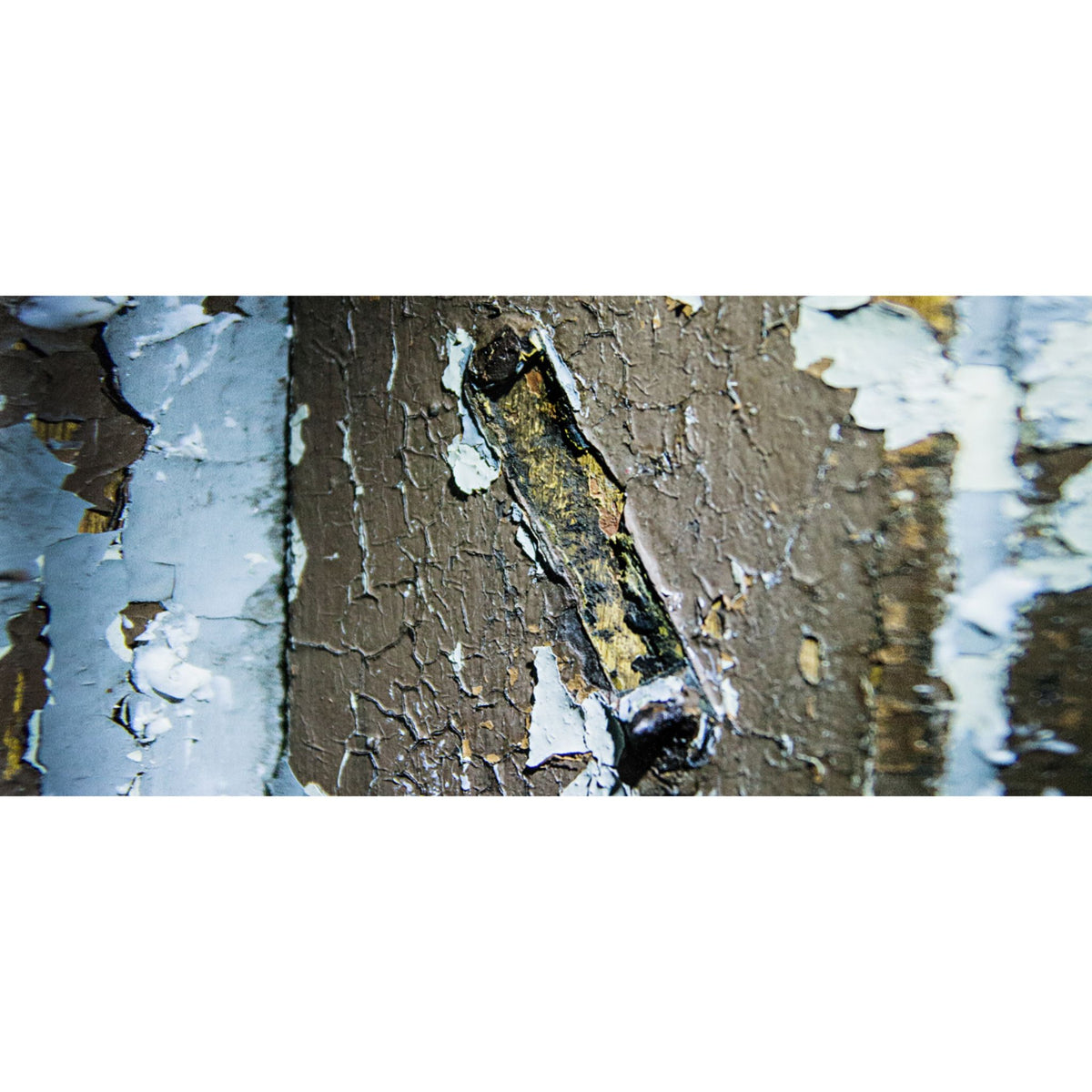'From This Home' series Warszawa, ul. Próżna 14 - A Bronze Cast Mezuzah by Mi Polin
Designer: Mi Polin
- Regular
- £205.00
- Sale
- £205.00
- Regular
- Unit Price
- per
Mezuzahs from "Mezuzah from this home” series are bronze casts of imprints of mezuzah traces found in Poland. They are castings made from beautiful bronze, with the letter Shin etched into the mezuzah.
There is a powerful history and emotion to this mezuzah - yet also a satisfying quality and aesthetic to the overall finish of the mezuzah.
Please find some information below, unique to this particular mezuzah - however if you would like more information feel free to email info@contemporaryjudaica.co.uk
The Idea
More than 3.5 million Jews lived in Poland before World War II. In the majority of Jewish homes, on the doorposts of every door used to be mezuzot. With the War, the mezuzot disappeared – leaving nothing but traces of emptiness and loneliness. These traces we cast in bronze creating new and trace based mezuzot to give a new life to those long gone and fulfil their holy function. Again. Every mezuzah is a story of a given house, family and person. Touching the mezuzah activates a link between past and present.
The mezuzah comes from the building located in the former Warsaw Ghetto area.
During II World War two Polish residents of the tenement sheltered two Jews – all of them survived the War.
Tenement at Próżna Street is one of the few buildings in Warsaw that survived War.
The Family
In 1899, the four-storeyed tenement on Próżna 14 was built by Mayer Wolanowski, the owner of the Factory of Screws and Wires in Warsaw. Próżna 14 was a luxury equipped building with flats for rent. The street itself had typically mercantile character. On the ground level there were shops and workshops: department store of Meerson and Epstein, ironmonger’s of Maurice Graff and „H. B. Lebelsond”, a shop of P. Brykier with wooden boards for frames and “Autoprodukt” (phone number 2 65 24). Mordka Berghauer was a saddler there.
The Ghetto
From December 1940 until March 1941 Próżna 14 was a part of the Warsaw Ghetto. In 1943 the Polish tailor Rogoziński sheltered 2 Jews, Notke and Mietek, in this building. The watchman of the building Jabłoński, with the building owner, and with Notke and Mietek built double wall in the hall of Próżna 14 with a secret exit in case of a danger. All of them survived the War.
Warsaw Uprsing
In 1944, during the Warsaw Uprising, a barricade was erected between buildings number 9 and 14. Number 14 was the headquarters of 9th squadron of “Kiliński” battalion, from where they prepared the attack of the PAST building (Polish Telephone Joint-Stock Company), one of the most important battles during the Warsaw Uprising. The soldiers of „Kiliński” battalion won the battle after 20 days of fighting. Zbigniew Grabowski, pseudonym „Chemist”, grandfather of Helena Czernek, co-founder of MI POLIN, took part in this battle. A field hospital and a kitchen serving the insurgents were located in the basement of Próżna 14. From the staff report from September 5, 1944: “The building at Próżna 14 is burning. The fire couldn’t be located.The troop was evacuated to Próżna 9”
The Home
After War the tenement at Próżna 14 became a property of the Polish National Treasury. It has never beer renovated and fell into disrepair. It had social housing character. Currently, it is impossible to enter Próżna 14 because of a poor condition of the building. Last years, the building was completely looted. Próżna is the only street in the area of Warsaw Ghetto, that survived the War, and kept it’s original buildings. Because of this Próżna is an important tourist destination. The future of building is unknown.
Brand:
Mi Polin
Material:
Bronze
Dimensions:
3.93” long / 0.98” wide - takes a 6cm scroll

